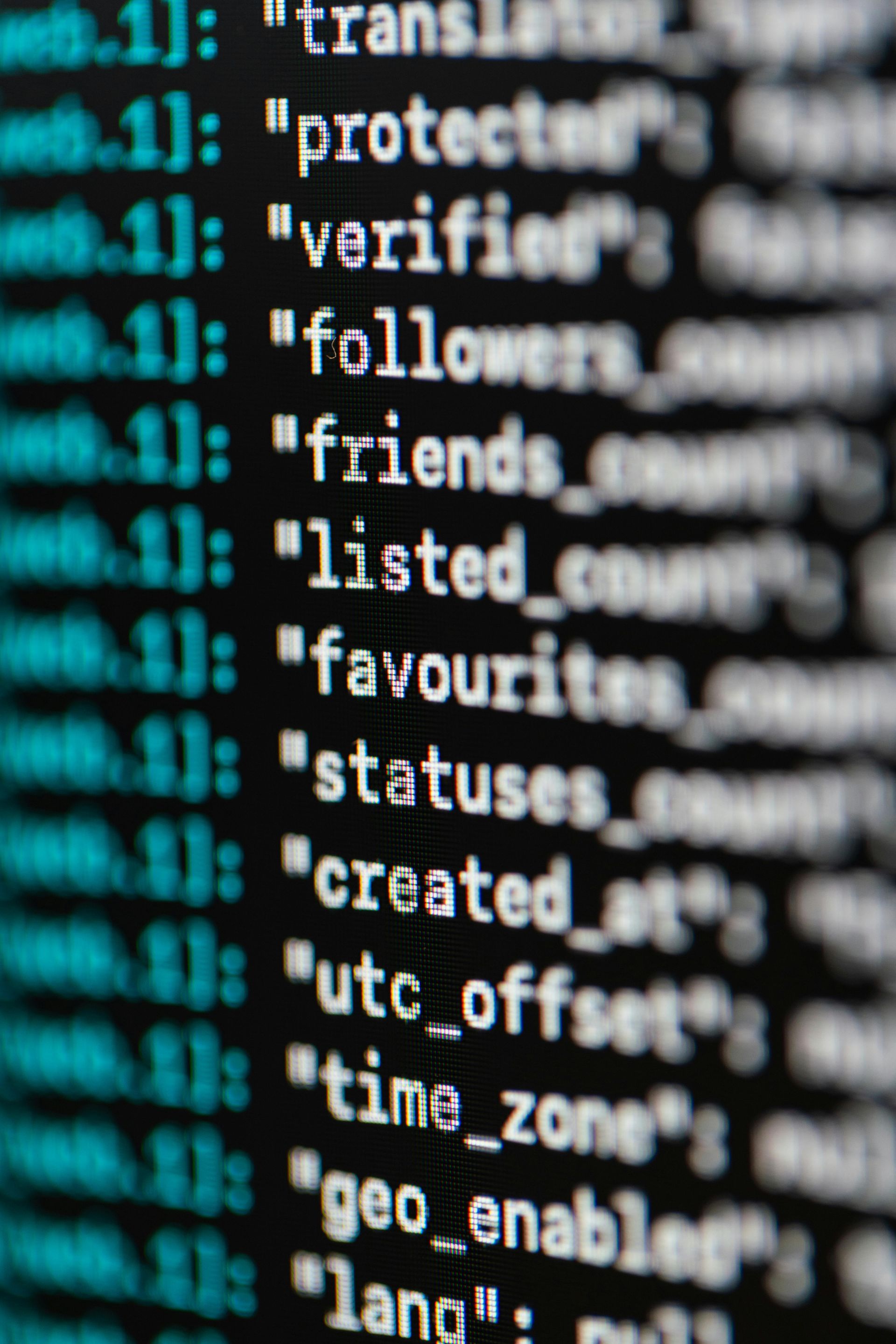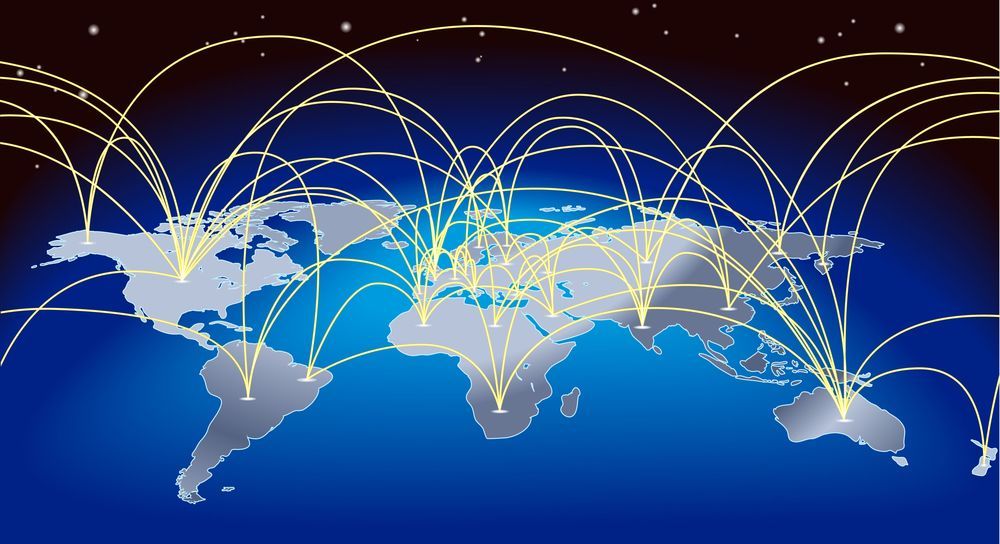Trade Compliance in the Age of Automation: Trends Shaping Global Trade
Global trade is the lifeblood of the modern economy, connecting businesses, markets, and consumers across borders. However, as international trade grows in complexity, so do the challenges of ensuring compliance with ever-evolving regulations. Trade compliance—the process of adhering to laws and regulations governing imports and exports—has become a critical focus for businesses worldwide. In recent years, automation, and artificial intelligence (AI) have emerged as game-changers, streamlining trade compliance processes, reducing errors, and improving efficiency. In this article, we’ll explore the latest trends in global trade and how technology is transforming trade compliance.
- Geopolitical Uncertainty: Trade tensions, sanctions, and shifting alliances are creating a volatile environment. Businesses must navigate a patchwork of regulations that vary by country and region.
- E-commerce Boom: The explosion of cross-border e-commerce has increased the volume of small shipments, adding complexity to customs processes and compliance requirements.
- Sustainability and Ethical Trade: Consumers and governments are demanding greater transparency in supply chains, pushing companies to ensure compliance with environmental and labor standards.
- Digitalization of Trade: Governments and organizations are increasingly adopting digital tools, such as electronic documentation and blockchain, to modernize trade processes.
How Automation and AI Are Revolutionizing Trade Compliance
Automation and AI are transforming trade compliance by addressing some of its most persistent pain points: manual processes, human error, and the sheer volume of data involved. Here’s how:
1. Streamlining Documentation and ClassificationOne of the most time-consuming aspects of trade compliance is managing documentation, such as customs declarations, certificates of origin, and export licenses. Automation tools can generate, validate, and submit these documents in seconds, reducing the risk of errors and delays.
AI-powered classification systems are also improving accuracy in product categorization. For example, machine learning algorithms can analyze product descriptions and assign the correct Harmonized System (HS) codes, ensuring compliance with customs regulations.
2. Real-Time Monitoring and Risk ManagementAI enables real-time monitoring of trade transactions, flagging potential compliance risks before they escalate. For instance, AI systems can detect anomalies in shipment data, such as discrepancies in declared values or suspicious routing patterns, and alert compliance teams.
Additionally, AI can analyze vast amounts of data to identify trends and predict regulatory changes, helping businesses stay ahead of the curve.
3. Enhancing Supply Chain Visibility
Blockchain technology, often integrated with AI, is improving supply chain transparency by creating immutable records of transactions. This not only simplifies compliance audits but also helps businesses demonstrate adherence to ethical and sustainability standards.
4. Reducing Costs and Improving Efficiency
By automating repetitive tasks, businesses can significantly reduce the time and resources spent on trade compliance. This allows compliance teams to focus on strategic activities, such as risk assessment and process optimization.
Moreover, AI-driven tools can analyze historical data to identify inefficiencies in trade processes, enabling companies to streamline operations and cut costs.
The Future of Trade Compliance: A Digital-First Approach
As global trade continues to evolve, businesses must adopt a digital-first approach to compliance. Here are some key developments to watch:
- Integration of AI with IoT: The Internet of Things (IoT) is enabling real-time tracking of goods in transit. When combined with AI, this data can be used to ensure compliance with temperature controls, hazardous material regulations, and other requirements.
- Collaborative Platforms: Governments and businesses are increasingly using collaborative platforms to share data and streamline compliance processes. For example, the World Customs Organization’s (WCO) Data Model promotes standardization and interoperability in trade documentation.
- AI-Powered Regulatory Updates: As regulations change, AI systems can automatically update compliance protocols and notify businesses of new requirements, reducing the risk of non-compliance.
- Ethical AI in Trade Compliance: As AI becomes more prevalent, there will be a growing focus on ensuring that these systems are transparent, unbiased, and aligned with ethical standards.
Speak to us!
If you wish to learn more about our Solutions and Partners we work with, click here to learn more:
Follow us on social media or drop us a line:






